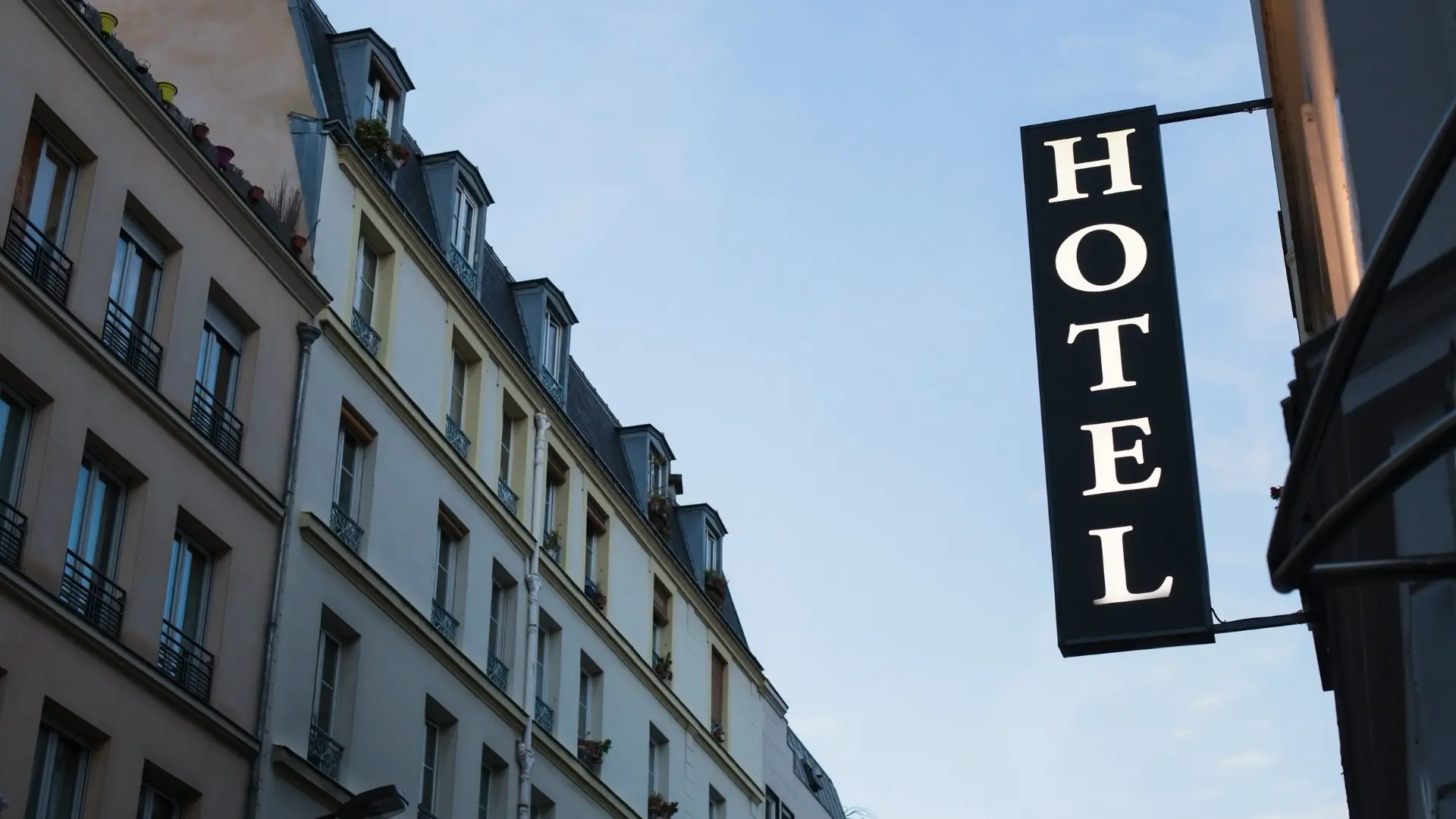Managing a successful hotel distribution channel strategy is more than just listing rooms across multiple platforms. With so many booking options available it’s easy to fall into common traps that hurt both revenue and reputation. In this article, we’ll explore some of the most common mistakes hotels make with their distribution strategies. From inconsistent pricing to neglecting key performance indicators and overlooking emerging channels, these issues can quietly eat into profits. Understanding these challenges is the first step toward improving your approach and securing a stronger position in the market.
1. Inconsistent Rate Parity Across Channels
A critical mistake in hotel distribution channels strategy is failing to maintain rate parity, ensuring consistent pricing across all sales channels. When guests find different prices for the same room on various platforms, it creates confusion and diminishes trust in the hotel’s brand.
Maintaining rate parity is essential for preserving brand integrity and minimizing channel conflict. Hotels can achieve this by:
- Establishing clear pricing strategies consistently applied across all channels.
- Regularly monitor and audit all distribution channels to catch rate discrepancies.
- Communicating openly with distribution channels partners about pricing policies to prevent discrepancies.
2. Not Monitoring Distribution Channels Performance
Many hotels adopt a “set it and forget it” approach to their hotel distribution strategy, failing to track the performance of individual channels. This can lead to inefficient spending and lost revenue opportunities.
It’s essential to regularly monitor key performance indicators (KPIs), including commission and distribution costs, average daily rate (ADR), which channel brings the most occupancy volume, cancellation rates, and guest satisfaction. By analyzing this data, hotels can identify which channels deliver high-value bookings and which may require renegotiation or reallocation. Prioritizing high-margin channels like direct booking helps reduce dependency on costly OTAs.
3. Not Collaborating Enough with B2B Hotel Distribution Partners
One of the most underestimated pitfalls in hotel distribution strategy is failing to build and nurture strong partnerships with B2B distribution channels. In the rush to secure bookings from multiple sources, hotels often focus heavily on consumer-facing platforms (OTAs and direct booking engines) while neglecting the immense potential of the B2B marketplace.
Neglecting collaboration with these partners can result in missed revenue opportunities from high-value segments and poor visibility in markets where B2B players dominate. To enhance collaboration with B2B hotel distribution partners:
- Leverage B2B marketplace to distribute inventory globally while ensuring rate parity and inventory accuracy.
- A cloud-based Property management System connects all your channels – direct and indirect – in real time across both consumer and B2B distribution channels.
In a landscape where hotel distribution is increasingly complex, proactive B2B collaboration ensures a diversified revenue stream and reduces dependence on high-cost consumer platforms like OTAs. By adopting this approach, hotels can also drive more stable, predictable bookings and build a reputation as a trusted partner within the broader hospitality ecosystem.
4. Lack of Marketing and Brand Exposure
Many hotels rely heavily on OTAs for exposure, often neglecting their own marketing efforts. While OTAs provide reach, their commission fees cut into profits. Hotels should balance their distribution strategy by investing in their own direct sales channels through SEO, social media, and email marketing.
By relying solely on third-party channels, hotels may limit their ability to promote their brand directly and increase profitability. Hotels must be intentional in their approach, either by investing in their own marketing efforts to strengthen brand control or by partnering selectively with distribution channels that support visibility without diluting their brand presence.
5. Ignoring Mobile and Metasearch Channels
Today’s travelers increasingly rely on mobile devices and metasearch platforms like Google Hotel Ads and TripAdvisor to research and book accommodations. Ignoring these channels limits a hotel’s visibility and reduces its market share.
To optimize for mobile and metasearch:
- Implement responsive web design for an optimized mobile experience.
- Simplify booking processes and integrate digital wallets.
- Actively participate in metasearch platforms with real-time rate updates and consistent pricing.
Mobile technology has fundamentally changed the way travelers research and book hotels, requiring hoteliers to adapt their distribution strategies accordingly. By embracing mobile and metasearch, hotels can drive direct bookings and reduce reliance on high-commission channels. This approach also enhances the guest journey by offering a seamless, convenient booking experience across devices.
Conclusion
A thoughtful hotel distribution strategy can help hotels cut costs, increase bookings, and keep guests happy. But it’s easy to fall into patterns that hurt more than help. Avoiding these five critical mistakes will set your hotel on the path to long-term success.
As the distribution landscape grows more complex, it’s increasingly important for hoteliers to reassess not just where their inventory is listed, but also who they choose to partner with. Integrating specialized B2B marketplaces like Travia into the distribution strategy can open access to high-value travel agents and corporate clients while preserving control over rates and availability.
Remember, your distribution strategy is not static. As market trends shift, technology advances, and travelers’ expectations change, your approach needs to evolve too.







